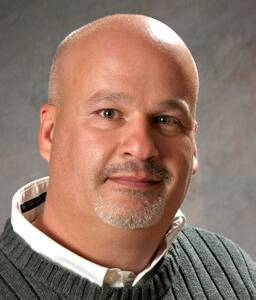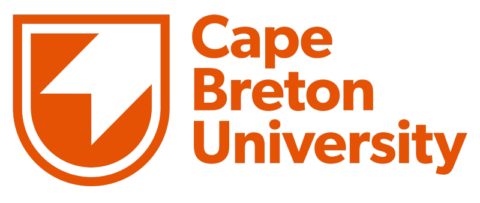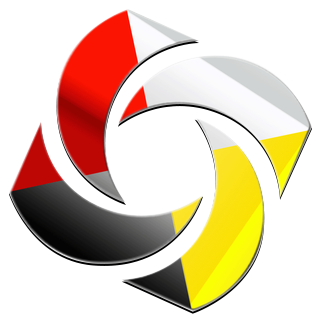Research Areas
Community-Led A’se’k Assessment
Cape Breton University researcher Dr. Andrew Carrier is shown updating Pictou Landing First Nations students on the deer hunt tissue analyses project at the PLFN school. Dr. Ken Oakes and Dr. Carrier worked with PLFN staff to provide testing and training expertise so the band could succesfully re-engage in their traditional deer hunt.

Prior to industrial development, A’se’k (Boat Harbour) existed as an estuary that was used for hunting, fishing, gathering of foods and medicines, anchoring boats, swimming, and practicing many other recreational and traditionally significant activities for this Mi’kmaq community (Hoover 2020). As that industrial activity subsided, there was an interest in returning to traditional activities around the estuary, one of which was a community deer hunt. With concerns about the safety of consuming deer meat from the industrialized area, the community wanted to develop a testing method to ensure the meat from this important community activity was safe to eat.
A project team from Cape Breton University, led by Dr. Ken Oakes and Dr. Andrew Carrier worked with PLFN staff Tiny Kelly and Trinity Nicholas to develop this method and to ultimately allow the community to conduct testing without support from university researchers.
Project Partners

Dr. Ken Oakes
Cape Breton UniversityFunding from CLARI allowed Pictou Landing First Nations to assess the metal and organic contaminant burdens in white-tailed deer tissues harvested by community hunters last fall. This was the first hunt in decades, and represents the slow beginning of the communities resumption of traditional food harvesting from the land surrounding A’se’k following years of industrial effluent being released into this tidal estuary.
Ask a Question, Share a Comment
Please get in touch. We look forward to hearing from you!



